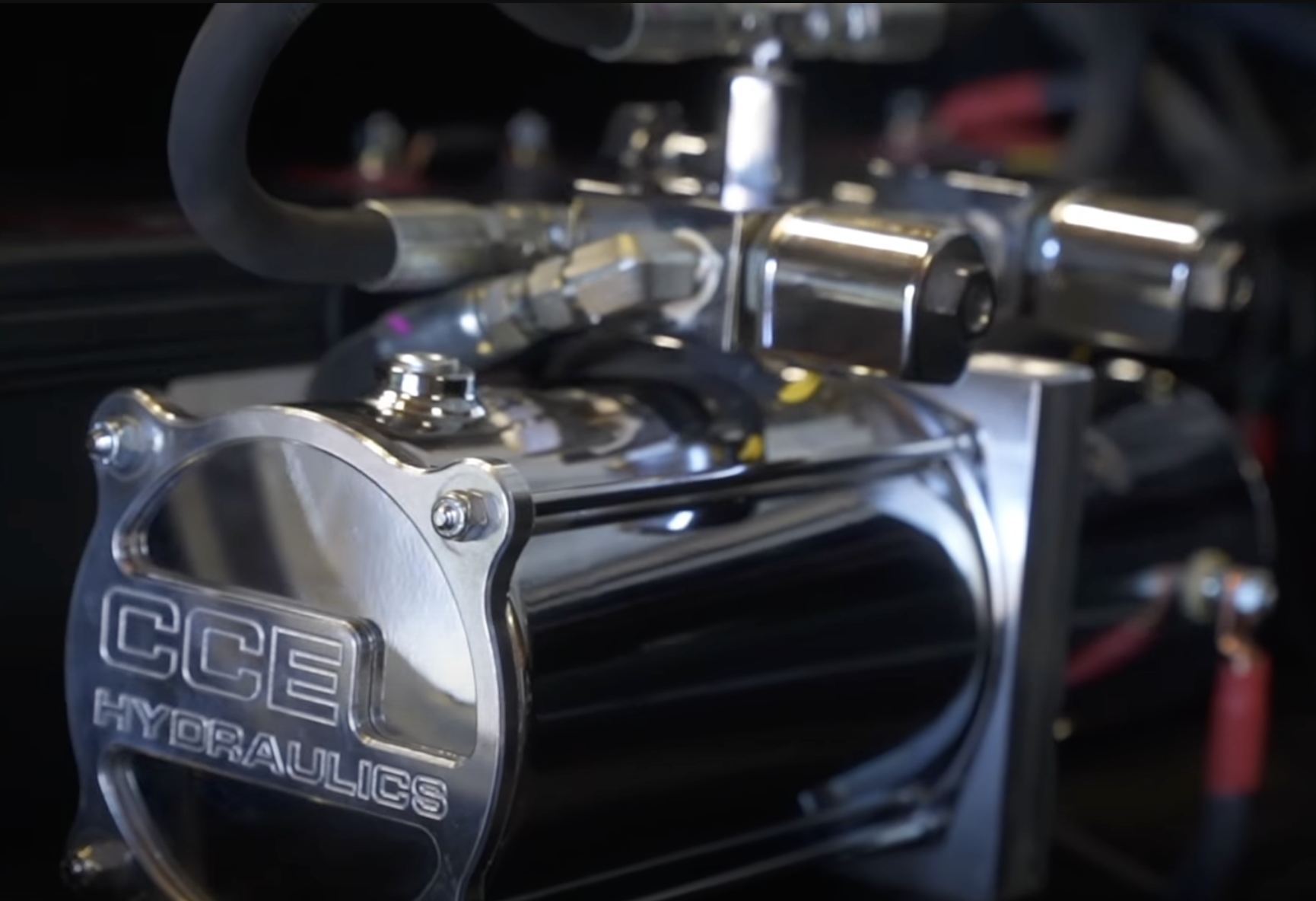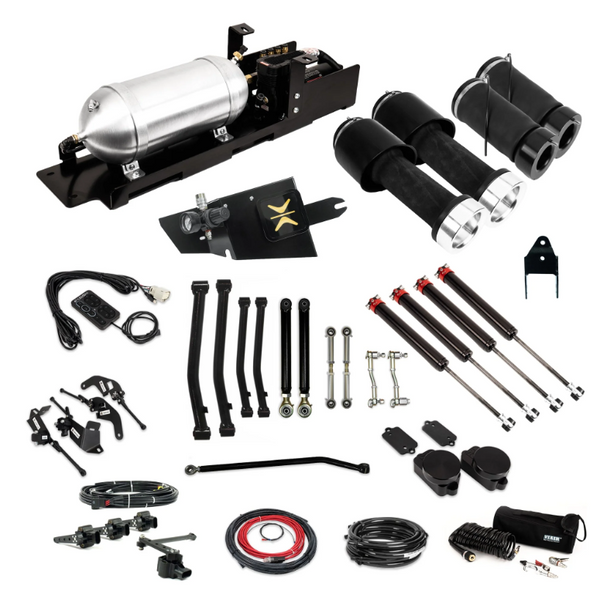So your ride has brakes. You know that obviously, because if it didn't, trips out of the driveway would be a whole lot less fun. And if you've got a relatively newer vehicle, you've got disc brakes somewhere on your ride. But do you know how they work? let's dive in and find out.
It starts at the firewall.
Open your hood and, assuming you have a left-hand drive vehicle, look at the right side of the firewall. What's sitting there is your brake booster. Sometimes it's hydraulically operated like it is on many big, heavy vehicles, but for the most part you probably have a vacuum-operated booster. This is the round part that mounts directly to the firewall and then, on the other side, to your brake pedal.
The booster uses the vacuum from the engine to amplify the pressure you put on the brakes. Back in the day you didn't need a booster with drum brakes because they were easier to apply. But disc brakes require more pressure, hence the booster.
Right in front of, and bolted to, the booster is the brake master cylinder. You'll notice the brake lines running out of them. The master cylinder stores brake fluid, then directs it to either the front or the rear of the vehicle. Each end has different pressure requirements, so having two lines make sense. Each line Ts off to its respective corner, and then runs to the brakes themselves.
The disc and the clamps.
Disc brakes are pretty straightforward. If you were to pull a wheel, you'd first see a really shiny part that's circular. That's your brake rotor, and it spins on a bearing, which allows your wheels to turn. Clamped around the rotor is your brake caliper, and inside of the caliper are your brake pads. When you want to stop, the brake caliper compresses the brake pads onto the brake rotor, causing enough friction to stop the vehicle.
So let's walk through it, step by step.
You hit the brake pedal. The pedal translates that mechanical movement to the brake booster, which applies even more pressure to the brake master cylinder. It, in turn, pushes the brake fluid out to the brake calipers on your corners. Those calipers clamp the brake pads onto the brake rotors, creating friction, which slows the vehicle.
Time to step up your game.
So now you know all the basics about disc brakes. Do you need a set? We offer tons of different brake options here at Switch Suspension, from rear disc conversion kits to upgraded disc brake kits, including our 67-69 camaro disc brake conversion. If you want to go even bigger up front, check out this 67-69 Camaro 13 inch front big brake kit. For Chevelle we have the 1964-1972 CPP 12" Front Disc Brake Conversion W/ 2" Drop Spindles. Check it out now, and if you don't find what you need, give us a call. We can help you find it.







